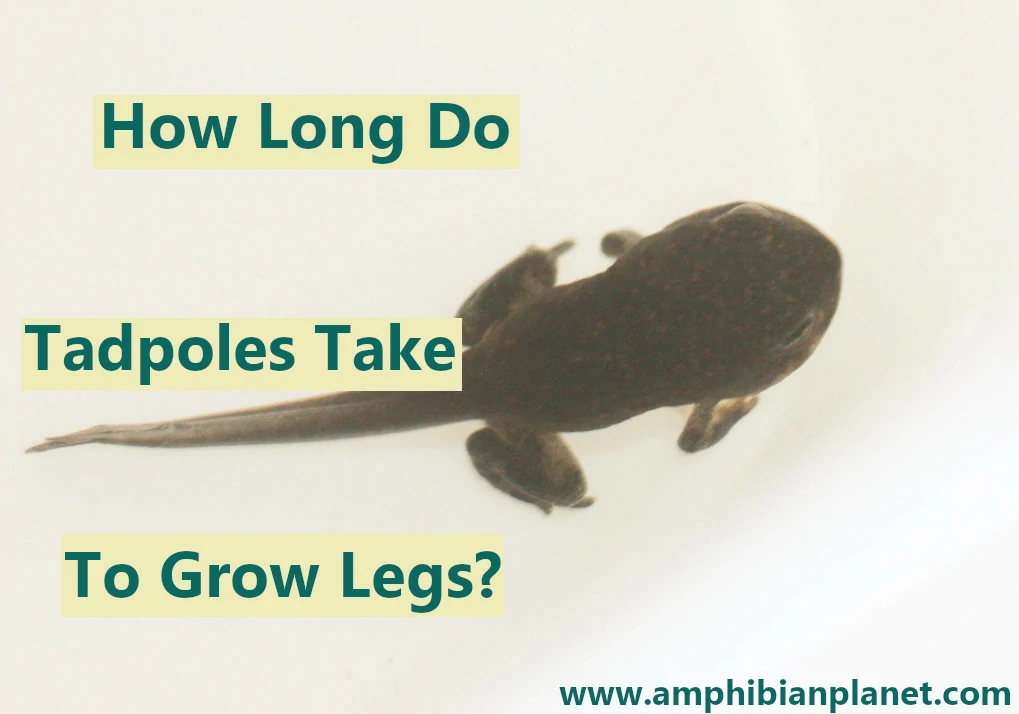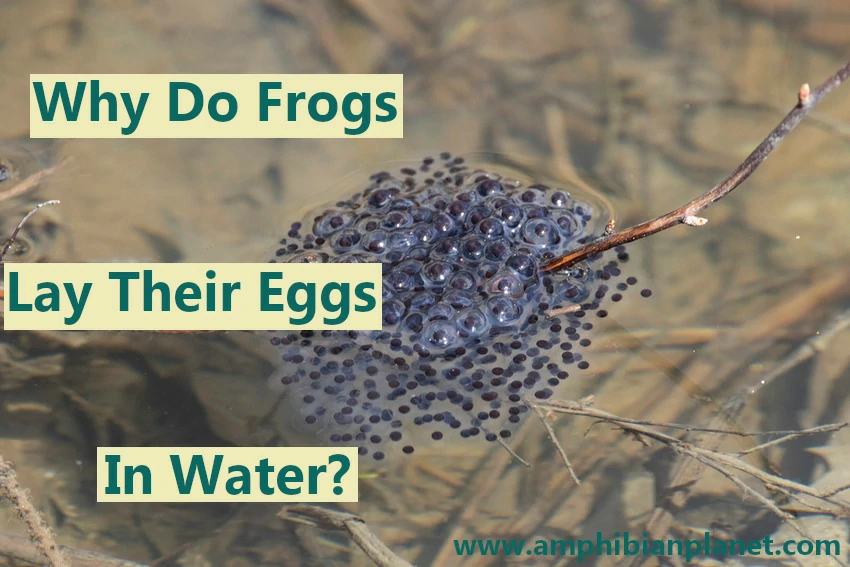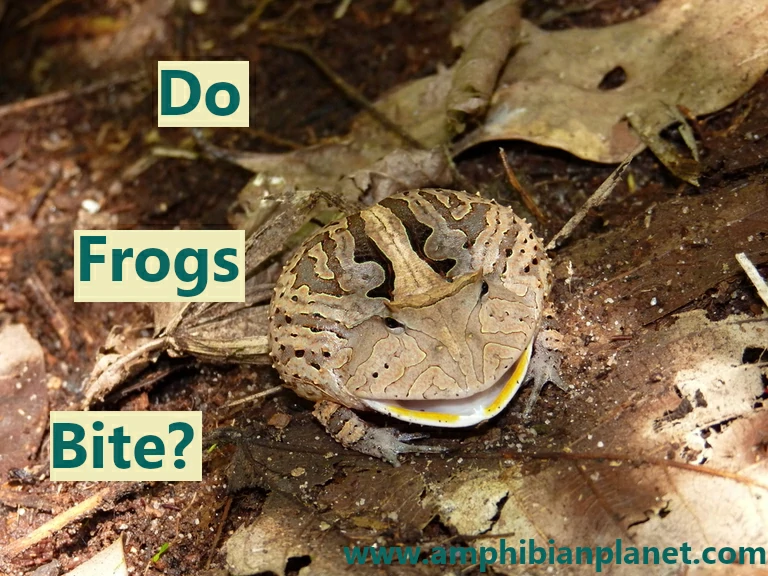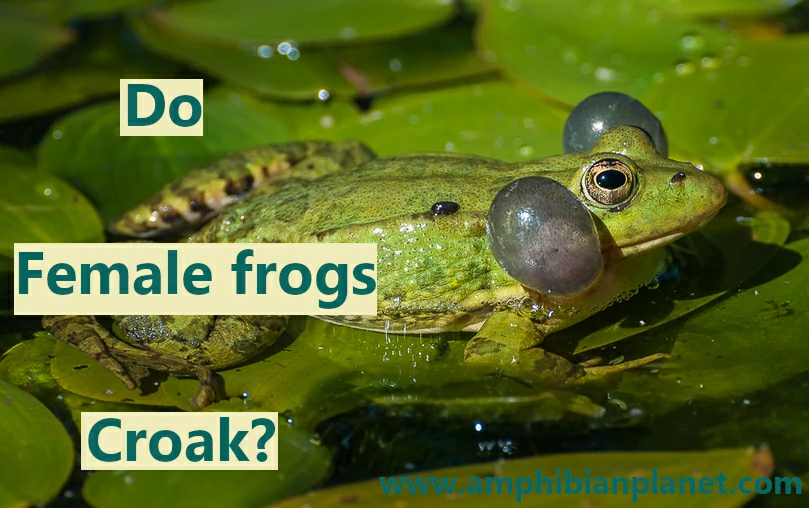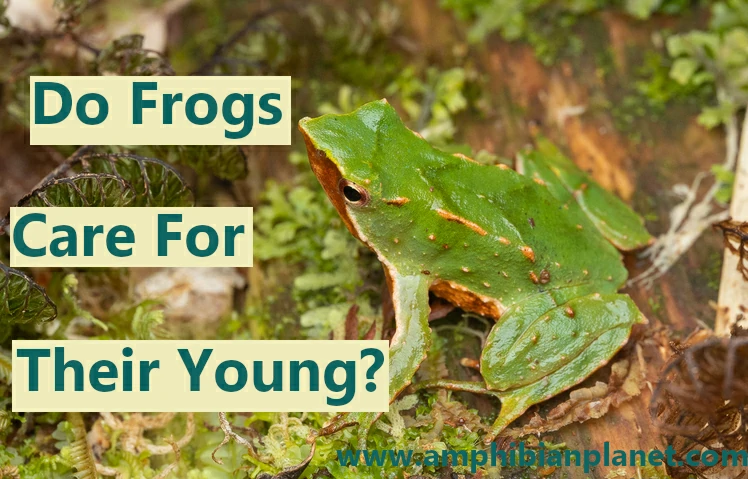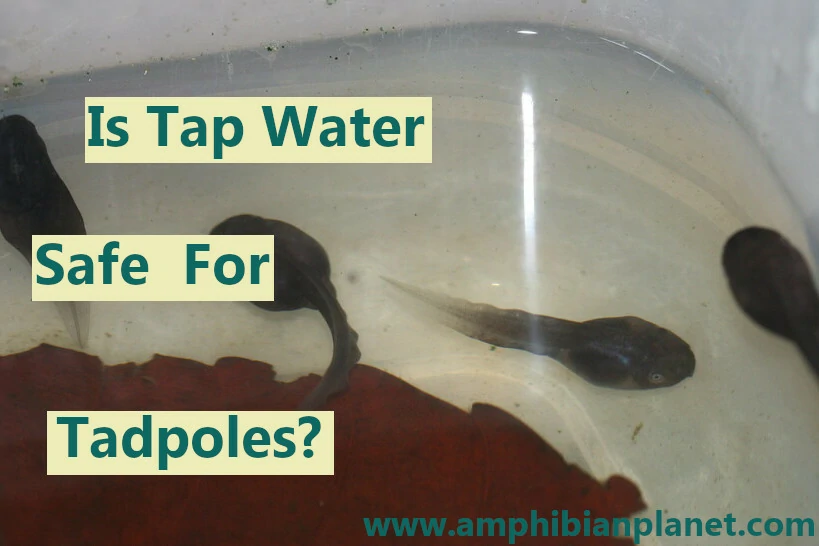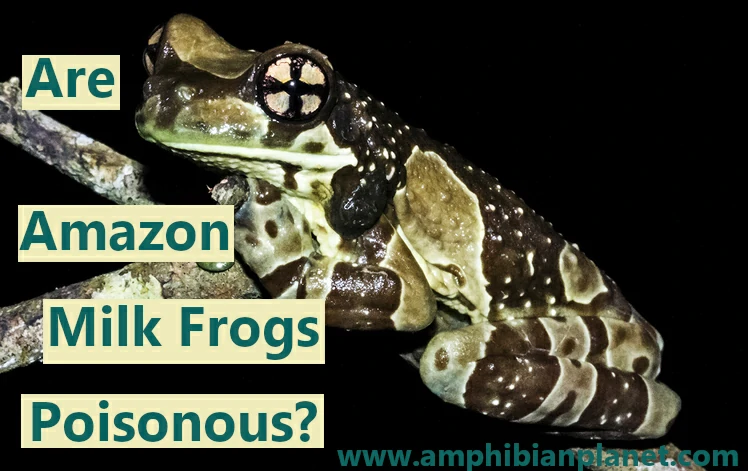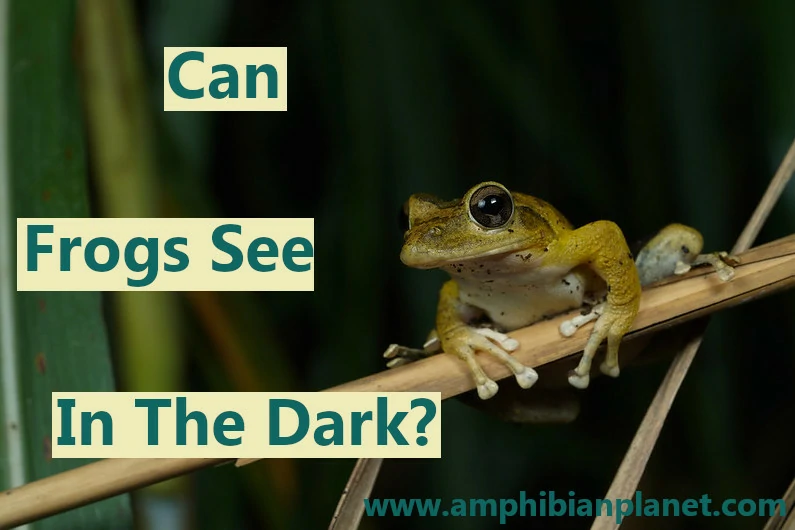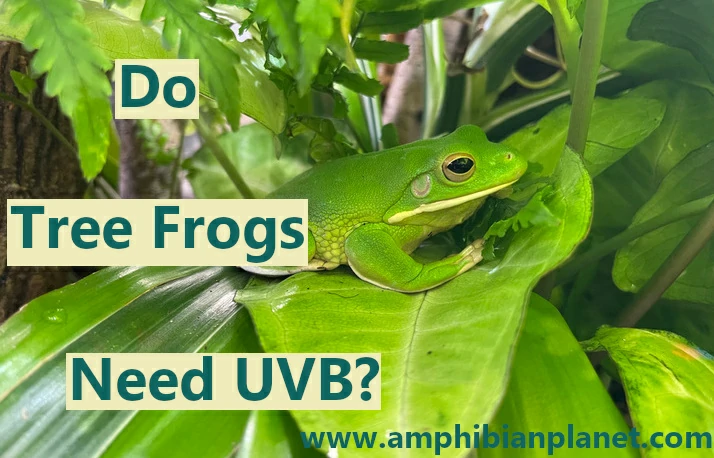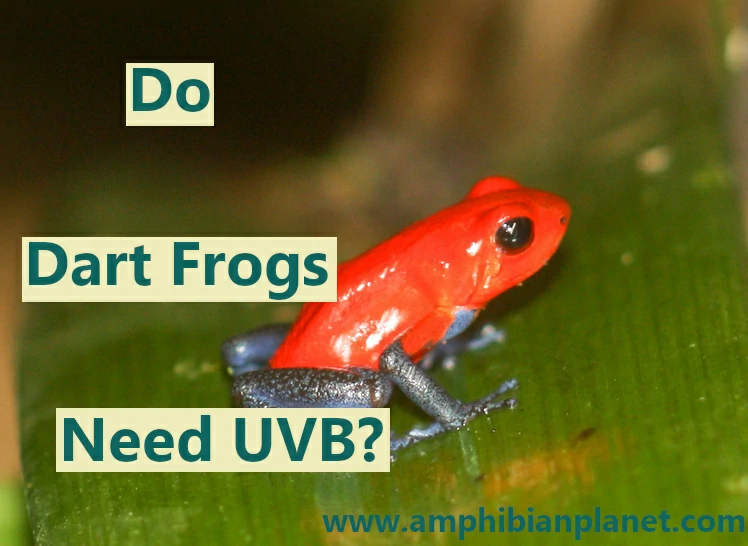How Long Do Tadpoles Take to Grow Legs?
Most frogs (not all), start their lives as tiny tadpoles adapted for a fully aquatic life. Tadpoles have gills on either side of their head, and a flat paddle-like tail fin to help them swim in the water. Over time, the tadpoles will grow legs, lose their tails, and metamorph into adult frogs. On Average, tadpoles … Read more

